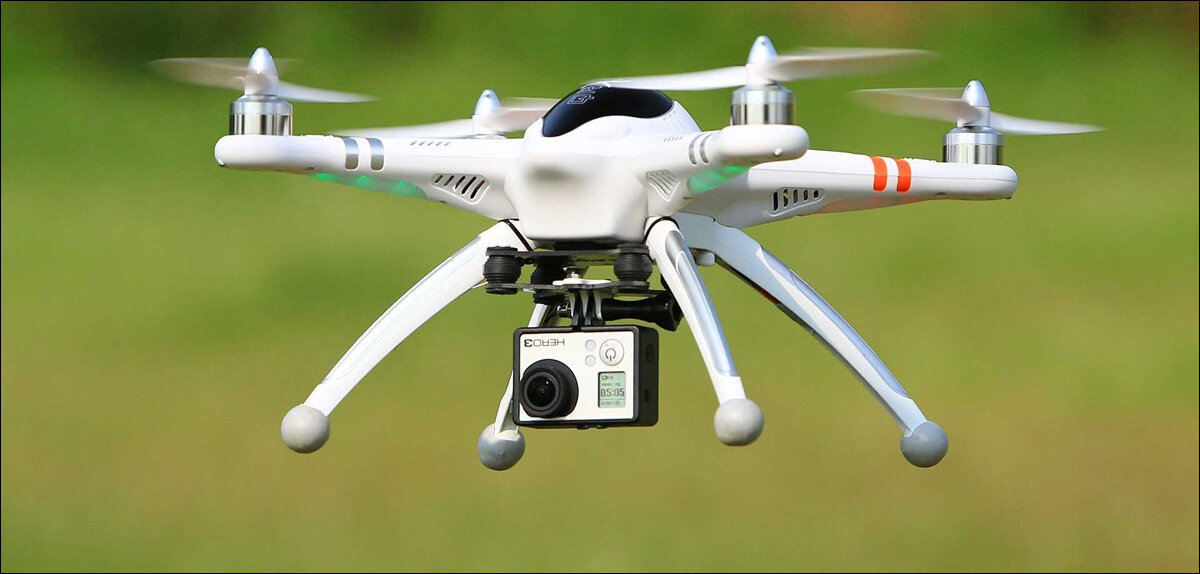Introduction
The drone industry has shifted from being a futuristic concept to a powerful, fast-growing sector impacting logistics, agriculture, public safety, and more. In 2024, the global commercial drone market was valued at over $30 billion, and experts predict exponential growth as new regulations, 5G connectivity, and artificial intelligence accelerate adoption.
But while drone hardware, sensors, and AI software get much of the spotlight, connectivity is the invisible backbone of drone innovation. Without secure, reliable, and global connectivity, drones cannot transmit data, cannot be monitored in real time, and cannot scale to enterprise-level operations.
This is where IoT SIM cards enter the picture. Unlike consumer SIMs used in smartphones, IoT SIM cards are designed specifically for machine-to-machine (M2M) and Internet of Things (IoT) communication. They provide multi-network coverage, remote management, and the scalability required to keep thousands of drones connected—whether they are spraying fields, inspecting power lines, or delivering medicine across borders.
In this article, we’ll dive deep into:
- How drones evolved from short-range gadgets to connected IoT devices
- Why IoT SIM cards are essential for reliable UAV connectivity
- Key technical features and benefits of IoT SIMs for drones
- Real-world case studies and applications across industries
- Challenges without IoT SIMs
- How Zhongyi IoT helps enterprises deploy global drone solutions
- The future of drones with IoT, 5G, and edge AI
By the end, you’ll see why IoT connectivity is no longer optional—it is mission-critical for drone operations worldwide.
Section 1: The Evolution of Drone Connectivity
1.1 From Hobby to Industry
Ten years ago, drones were mostly toys or hobbyist gadgets. Pilots could fly them within visual line of sight (VLOS) using radio controllers. But connectivity was limited to short distances, making drones unsuitable for real-world enterprise needs.
1.2 The Rise of Smart UAVs
Modern drones now include:
- GPS modules for precision navigation
- High-resolution cameras for aerial mapping
- LiDAR sensors for 3D imaging
- AI processors for autonomous decision-making
But hardware alone isn’t enough. Without a data pipeline to the cloud, insights cannot be shared, actions cannot be coordinated, and autonomy cannot scale.
1.3 Connectivity as a Strategic Differentiator
Companies choosing between drone providers increasingly evaluate connectivity solutions as much as camera quality or flight time. Drones that can connect via cellular IoT SIM cards outperform those that depend solely on short-range Wi-Fi or RF links.
Section 2: What Exactly is an IoT SIM Card?
2.1 The Difference from Consumer SIMs
Consumer SIM cards are optimized for smartphones, not machines. IoT SIM cards, on the other hand, are built to power thousands of devices like sensors, smart meters, cameras, and drones.
| Feature | Consumer SIM | IoT SIM |
|---|---|---|
| Coverage | One carrier, often local | Multi-carrier, multi-country |
| Management | Manual | Remote via cloud portals |
| Lifecycle | 1–3 years | 10+ years |
| Use Case | Calls, SMS, browsing | Data transmission for machines |
| Security | Standard encryption | VPNs, private APNs, firewall policies |
2.2 Technical Features
- Global roaming: Single SIM works across 190+ countries
- Multi-network access: Drone auto-switches between carriers if one is weak
- Remote provisioning: Adjust SIM settings, suspend, or update over the air
- Customizable data plans: From lightweight telemetry to heavy video uploads
- Long lifecycle durability: IoT SIMs last for 10+ years, suitable for drones in harsh environments
Section 3: Why Drones Need IoT SIM Cards
3.1 Extended Coverage
Wi-Fi is limited to 100 meters. RF controllers often max out at 2–5 km. Drones with IoT SIM cards, however, can connect anywhere cellular coverage exists—whether that’s rural farmland, remote oil pipelines, or disaster-hit regions.
3.2 Reliable Data Transmission
A single drone flight can generate gigabytes of video, telemetry, and sensor readings. IoT SIM cards ensure secure, low-latency data transfer to control centers or cloud platforms, enabling real-time analytics and decision-making.
3.3 Remote Monitoring & Fleet Control
IoT SIMs make it possible to:
- Track battery health and GPS location remotely
- Send new flight paths or emergency overrides
- Manage fleets of 100+ drones from one interface
3.4 Scalability for Enterprises
For businesses running delivery drones or agricultural UAV fleets, scalability is crucial. IoT SIMs provide centralized dashboards to monitor usage, costs, and device activity at scale.
Section 4: Industry Applications of IoT-Connected Drones
4.1 Agriculture
- Crop Monitoring: Drones equipped with multispectral cameras measure soil health and plant stress.
- Smart Spraying: IoT SIMs allow drones to download real-time weather and soil data, adjusting pesticide or fertilizer spraying accordingly.
- Livestock Tracking: UAVs can herd and monitor animals in ranches spanning thousands of acres.
4.2 Logistics & Delivery
- Medical Supply Delivery: In Africa, drones deliver vaccines to rural villages. IoT SIMs provide real-time GPS updates.
- E-commerce Logistics: Amazon and Alibaba test drone-based parcel delivery.
- Last-Mile Tracking: Customers receive live updates as drones approach.
4.3 Infrastructure Inspection
- Energy Sector: Drones inspect power lines, oil pipelines, and offshore rigs. IoT SIMs transmit high-res imagery to engineers.
- Transportation: Railways and highways are monitored for cracks or blockages.
- Construction: IoT-connected drones survey sites and update BIM (Building Information Models).
4.4 Public Safety & Security
- Surveillance: Drones stream live video for law enforcement.
- Border Control: IoT SIMs ensure connectivity in remote zones.
- Event Security: UAVs provide real-time monitoring during concerts, sports, and protests.
4.5 Environmental Protection
- Forest Monitoring: Detect illegal logging or wildfires early.
- Air Quality Measurement: Drones collect emissions data in urban centers.
- Wildlife Conservation: IoT SIMs transmit GPS data on animal movement.
4.6 Disaster Response
- Search & Rescue: IoT drones send GPS-tagged video of survivors.
- Damage Assessment: Authorities receive instant aerial surveys.
- Connectivity Bridge: Drones with IoT SIMs provide temporary communication networks in blackout zones.
Section 5: Technical Advantages of IoT SIMs for UAVs
- Multi-Network Resilience: No single carrier dependency.
- Private APNs & VPNs: Enhanced security against cyberattacks.
- Over-the-Air Updates: Push firmware or flight plan changes globally.
- Predictive Maintenance: IoT data warns operators before parts fail.
- Integration with Cloud Platforms: Compatible with AWS IoT, Azure IoT, or custom enterprise platforms.
Section 6: The Risks of Not Using IoT SIM Cards
- Connectivity Blackouts: Consumer SIMs may fail in rural or roaming areas.
- Blocked Services: Many carriers restrict consumer SIMs for drone-like usage.
- Data Breaches: Insecure links risk leaking sensitive video or telemetry.
- Fleet Chaos: Without IoT SIM dashboards, managing 50+ drones is nearly impossible.
Section 7: Zhongyi IoT—Your Drone Connectivity Partner
Zhongyi IoT specializes in providing enterprise-grade IoT SIM solutions for drones and other connected devices.
7.1 Our Advantages
- Global multi-network coverage across 190+ countries
- Flexible data plans for both light and heavy data use cases
- Secure connectivity via private APNs and VPNs
- Centralized management portal for fleets of thousands of drones
- Affordable pricing compared to major global competitors
7.2 Case Example: Drone Delivery Service
A logistics company launched a cross-border drone delivery fleet using Zhongyi IoT SIMs.
- Downtime reduced by 30% due to multi-network roaming
- Operational costs cut by 20% with optimized data plans
- Real-time customer updates improved satisfaction scores by 40%
Section 8: The Future of Drones with IoT
- 5G & Beyond: Ultra-low latency control of autonomous drones.
- Edge AI: Onboard processing reduces data transfer load.
- Swarm Drones: IoT SIMs enable synchronized fleets.
- BVLOS Operations: IoT makes Beyond Visual Line of Sight safe and legal.
- Drone-as-a-Service (DaaS): Enterprises will rent fleets managed through IoT platforms.
Conclusion
Drones are no longer just flying cameras—they are IoT devices with wings. To reach their full potential, they require robust, secure, and scalable connectivity. IoT SIM cards provide exactly that: global roaming, real-time data, fleet management, and mission-critical reliability.
At Zhongyi IoT, we empower enterprises to deploy connected drone solutions with cost-effective IoT SIM cards tailored to their needs. From agriculture to security to logistics, our connectivity ensures drones never lose touch.
Zhongyi IoT: Powering the Future of Drone Connectivity.



